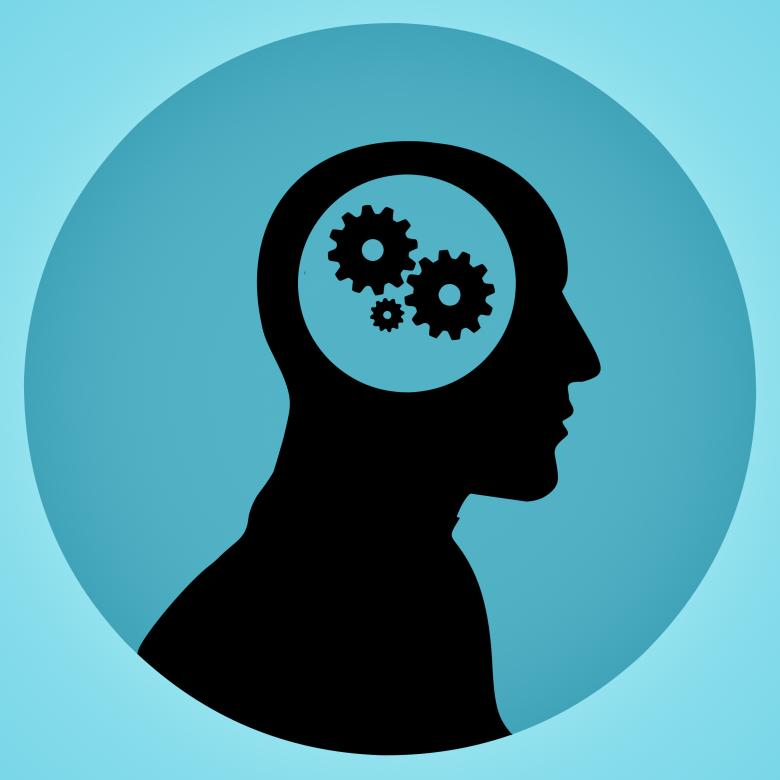Tech Friendly Classroom Culture
As you build your culture in your classroom with your students, take a moment to think about how you will build a safe digital learning environment. It is critical you start from day 1 and stay consistent with the procedures you establish. Let’s review some tips that teachers have used in the past.
Keep Learning First When you are designing your lesson or unit, keep the learning goals and outcomes at the forefront of the planning. If it’s determined that technology will be a tool to use, be sure it aligns with those predetermined standards, learning goals and the skills your students will be using during the application. The TPACK framework can give you more information and guidelines when designing your lesson.
- Technology can enhance direct instruction. Technology is a learning tool that should also engage the student in the learning. There are ways that you can engage them during direct instruction through sharing the presentation using Pear Deck or having conversations through back channels like TodaysMeet. Even better, begin Blending your classroom, creating a student centered learning environment.
- Simplify the workflow. Use an LMS, learning management system, to house your materials students must access. Google Classroom is free for Google Suite users and is simple to use.
- If they must bring it, use it. If students bring devices, make it an expectation that the device is there daily and charged, but use it daily. Students are less inclined to forget their device or bring an uncharged device if they know it will be used almost every day.
- Treat technology use like any other classroom routine. Establish acceptable guidelines or procedures when using computers in your classroom and be consistent. Hang them up in the room for reference.
- Putting them away
- Where to put them when you are not using them
- Closing a lesson
- “1 2 3 eyes on me”, having an audio or visual signal for when devices are used and not used.
- Digital Citizenship is relevant in every content area. Teach digital citizenship skills daily and seamlessly into your content. Common Sense Media is a great start to learning about digital citizenship if you are not familiar with it.
- Make expectations clear. Review the RUP with your students in the first week of school. Make sure they understand each component by having a conversation about each strand.
- Stay visible to keep students on task. The saying “Out of your seat and on your feet” is necessary and is just good practice. The best way to monitor your student’s computer activity is to walk around the classroom while they are working.
- Make routine activities easy for students. If you only have computers in a center, create a launch page for the curriculum sites your students will use. An easy and free website you can use is Symbaloo.
Some of these strategies will work in some classrooms and some will not. The important part is to spend time finding what works for your classroom environment and staying consistent with expectations. If working in a team of teachers where students rotate through classes, consider making team expectations so that students are not required to remember different rules for each classroom. Have a great year!



Comments
Post a Comment